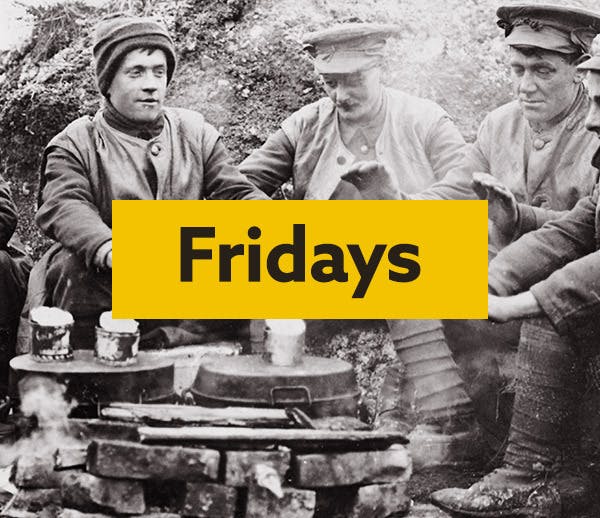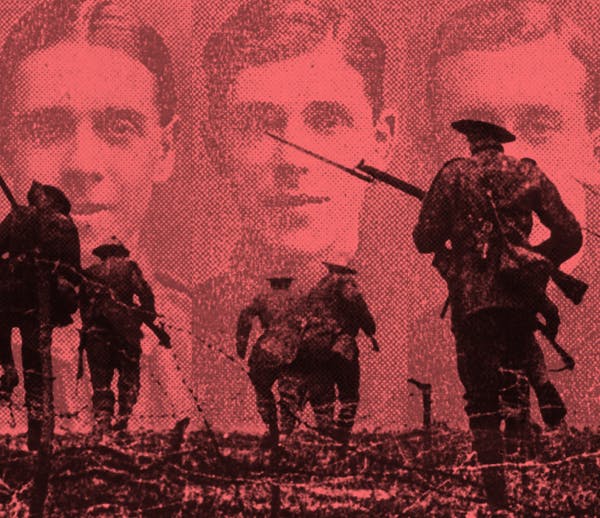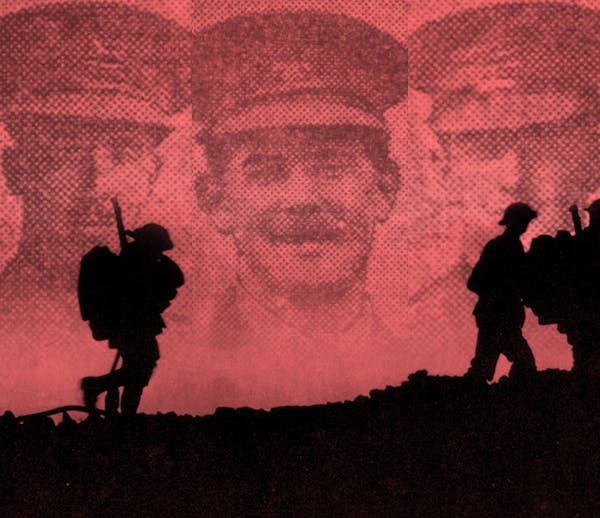For love of Old Glory: Civil War Medals of Honor
4-5 minute read
By The Findmypast Team | November 10, 2015

The Medal of Honor is the highest military honor an American soldier can receive, earned by actions that go above and beyond the call of duty. Having existed since the Civil War, thousands of soldiers have earned the award over the many conflicts the United States has been involved in since the 19th century.
There were more Medals of Honor given out during the Civil War than any other conflict -- over 1,000. In remembrance of these distant heroes, we dove into our searchable record of Civil War Medal of Honor recipients to see what interesting stories we could find.
Acts of heroism
There are many notable stories in these records, including stories of single-handed battlefield bravery -- Private James Allen captured 14 Confederate soldiers on his own, while wounded, forcing their surrender.
Mary Edwards Walker, the only woman ever to be awarded the Medal of Honor, earned it during the Civil War. Walker was a doctor who volunteered for the Union Army and served as a surgeon's assistant during several battles, including Bull Run. She was also captured by Confederates while treating civilians behind enemy lines and served time in a prison camp. Her medal was tragically revoked by Congress in 1917, but was restored by President Jimmy Carter in 1977.
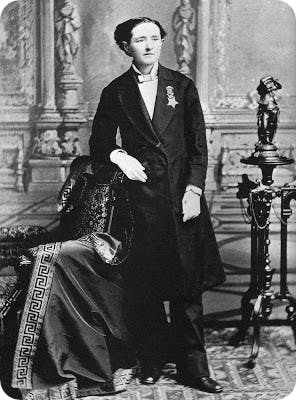
Mary Edwards Walker wearing her Medal of Honor
One thing that may be quite puzzling when searching through this database is that a huge number of the Medal of Honor citations that involve regimental flags. Why would Civil War soldiers sacrifice their lives to save these flags, and why were they awarded for doing so?
The importance of flags in the Civil War
Regimental flags served multiple important purposes during the Civil War. Practically, flags served as visual markers of a regiment's location during battle. Civil War battlefields were indescribably chaotic -- artillery, smoke and fire rained down upon hundreds of thousands of men, oftentimes dispersed on enormous battlefields. Commanders needed to know the positions of their units to issue commands, and members of the regiment often needed a rallying location after a cavalry charge or artillery barrage scattered them and their comrades.
But perhaps more important than the practical purpose, regimental flags were huge morale boosters. In the Civil War, soldiers were most attached to their regiment, because regiments were usually drawn from local areas -- your regiment likely contained friends, family and neighbors and represented the state, county (or even ethnicity) that you belonged to.
The regiment flag was a huge source of pride for the unit, and its capture by the enemy was considered the greatest disgrace a regiment could suffer.

The colors of the 21st Iowa Volunteer Infantry Regiment
Capture the flag
Many soldiers died carrying their regiment's flags or trying to rescue it from the battlefield. Rescuing a unit's flag was a very common reason to receive the Medal of Honor. At the Battle of Gettysburg in 1863, Nathaniel Allen of the 1st Massachusetts Infantry ran forward to rescue the flag while the rest of his unit was retreating. He pulled the flag from under the body of its bearer in the face of fierce enemy fire and returned it to the line, saving his regiment from disgrace.
William Harvey Carney became the first African American soldier to be awarded the Medal of Honor for a heroic flag rescue. Born as a slave in Norfolk Virginia, Harvey escaped to the North and enlisted in the 54th Massachusetts Volunteer Infantry. During the regiment's assault on Fort Wagner (depicted in the 1989 film
Glory), Carney took the regiment's flag from its fatally wounded bearer and marched on. Though he received multiple serious wounds, he carried the flag throughout the battle and eventually made his way back to Union lines. As he handed the flag to a fellow soldier, he said "boys, I only did my duty; the old flag never touched the ground!"
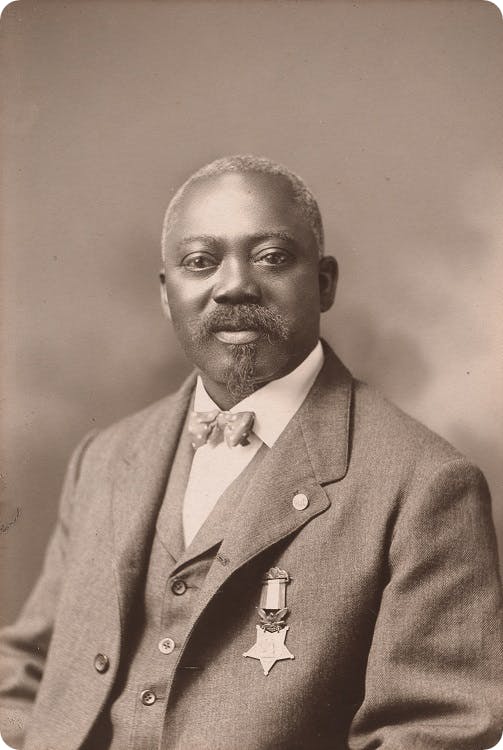
William Harvey Carney wears his Medal of Honor
Others, like George Banks from the 15th Indiana Infantry, were awarded the Medal of Honor for successfully carrying the flag -- George carried his unit's flag through a fierce assault on an enemy fortress, despite being wounded twice. His flag was the first regimental flag planted on the parapet of the enemy fortress, which was undoubtedly a great source of pride for the unit.
There were also awards given to those who captured the flag of the enemy. Thomas Custer became the first man to receive two Medals of Honor, both for capturing enemy flags. During the Battle of Sayler's Creek, he charged enemy barricades on his horse, jumped over the barricades while firing pistols from each hand. He then saw a flag enemy soldiers were rallying to and charged the flag bearer. As he approached, he was shot in the face, but that didn't stop him -- he shot the flag bearer in the chest and wrenched the flag from his hand as he fell to the ground, then returned to Union lines.
Genealogical value of Medal of Honor Citations
If you had an ancestor who fought in the Civil War, it's definitely worth it to give their name a search. Even though the physical Medal of Honor may have been lost, the citation record is still an amazing document that can be attached to your family tree. Not only are these records a tremendous source of pride for the recipient's descendants, they also contain very valuable information. You can see where the soldier enlisted and the exact details of their regiment and company.
You will also see the description, location and exact date of the action that earned them the medal. This information serves as a great jumping off point for some contextual research -- make sure you search
our newspaper archives for articles covering the battle (and maybe even mentioning your ancestor).
Honor current and past veterans by beginning to explore your Civil War ancestry history today.

